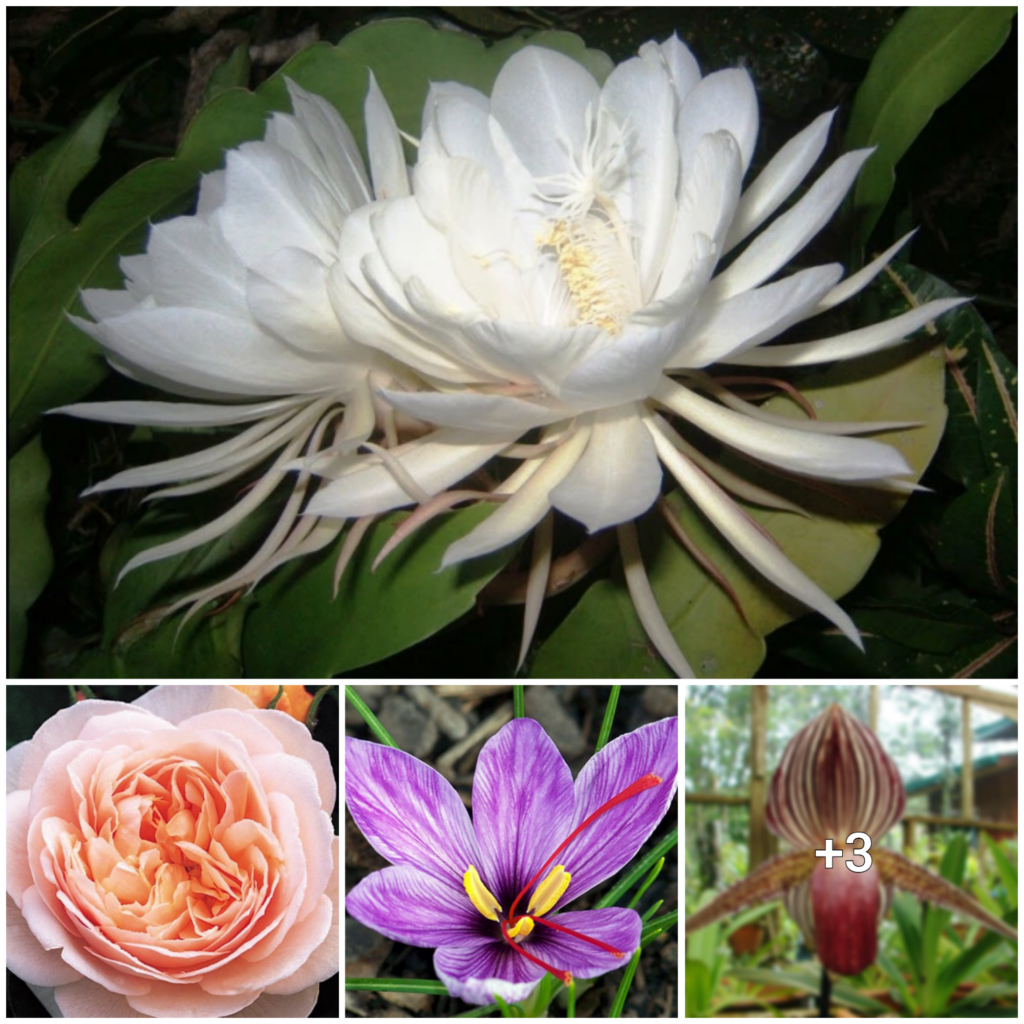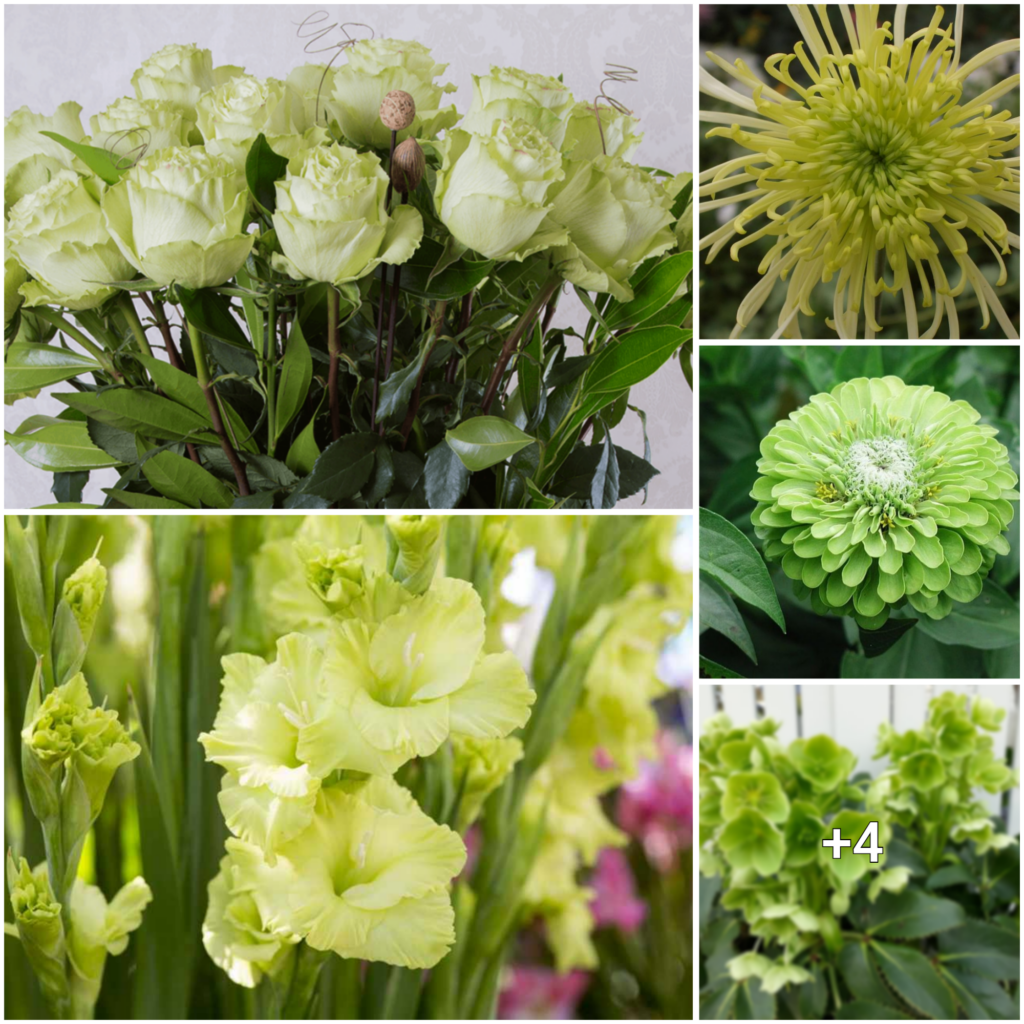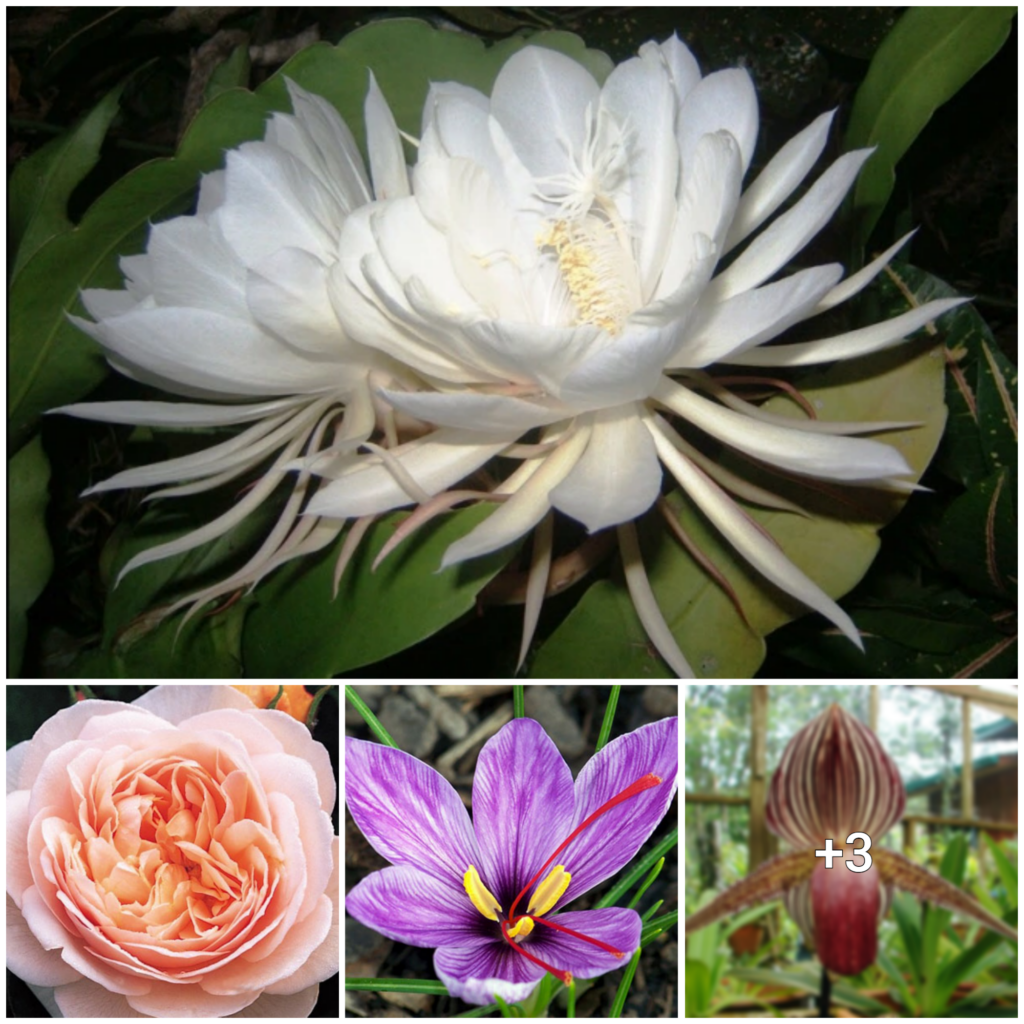:max_bytes(150000):strip_icc():format(webp)/toad-lily-growing-guide-5220693-hero-05489e67f9e54de9b5fc221fa8d65b19.jpg)
Toad lilies are a unique and beautiful addition to any shade garden. These lilies have six-petaled flowers that range from white to light purple and are dotted with vibrant purple spots, giving them the appearance of purple-spotted Phalaenopsis orchids. The stems of the plant are tall and arching, with leaves arranged in a ladder-like fashion. The hairy plant earns its common name of hairy toad lily, with a floppy, fringy, speckled style and stamens bursting out from the petals. Toad lilies should be planted in the spring for late summer or fall blooms and make great cut flowers. However, it is important to note that all plants in the Liliaceae family are toxic to cats.
Caring for toad lilies is relatively easy as they prefer moist, rich soil, partial shade, and consistent water. Regular watering helps them grow taller, and they benefit from being planted in areas that protect them from strong winds due to their tall stalks.
:max_bytes(150000):strip_icc():format(webp)/toad-lily-growing-guide-5220693-01-a731c808bef64ac29e3382e2eeede3bd.jpg)
To avoid plagiarism, we need to rephrase the provided content with an original approach. Let’s give it a try:
Let’s say we want to avoid duplication of content. To do that, we must alter the given information and add our own perspective. This will help us avoid any copying and pasting issues. So, let’s put on our thinking caps and come up with something new and exciting!
:max_bytes(150000):strip_icc():format(webp)/toad-lily-growing-guide-5220693-03-3a4cdc1c6d694c84a3fd4bad7527ed75.jpg)
:max_bytes(150000):strip_icc():format(webp)/toad-lily-growing-guide-5220693-05-5e3bb242f4d1442db0ed6371e901fe8f.jpg)
Toad lilies thrive in partial to full shade, making them perfect for the edges of shady forests. They prefer loamy, well-draining soil with consistent moisture and slightly acidic pH levels. Consistent watering is essential to keep the soil evenly moist without making it soggy. These plants can be grown in USDA hardiness zones 4 to 9 and require moderate humidity levels. Toad lilies enjoy nutrient-rich soil, so fertilizing each spring with a well-balanced liquid fertilizer or compost is beneficial.
There are many cultivars and hybrids of Tricyrtis hirta, including ‘Golden Gleam’, ‘Lightning Strike’, ‘Miyazaki’, ‘Miyazaki Gold’, ‘Moonlight’, ‘Sinonome’, and ‘Tojen.’ Propagation can be done through division in early spring or cuttings in early summer.
Toad lilies can also be grown by seed, either indoors or outdoors. If starting outdoors, scatter fresh seeds in the garden in early spring or late fall and keep the soil moist. To start seeds indoors, place fresh seeds in the refrigerator for one month, then sow them on top of moist, rich soil in an area with bright, indirect lighting.
Toad lilies can be grown in containers, but the soil must be kept moist, and drainage holes are necessary. Anthracnose can pose problems for toad lilies, but newer cultivars or hybrids like ‘Sinonome’ and ‘Tojen’ are reportedly resistant to this fungal disease.
To encourage blooming, give these plants plenty of compost or organic material and keep the soil moist. These flowers do not require any deadheading. Brown spots or edging on foliage indicate too little water, while anthracnose may cause leaves to develop small orange spots.




